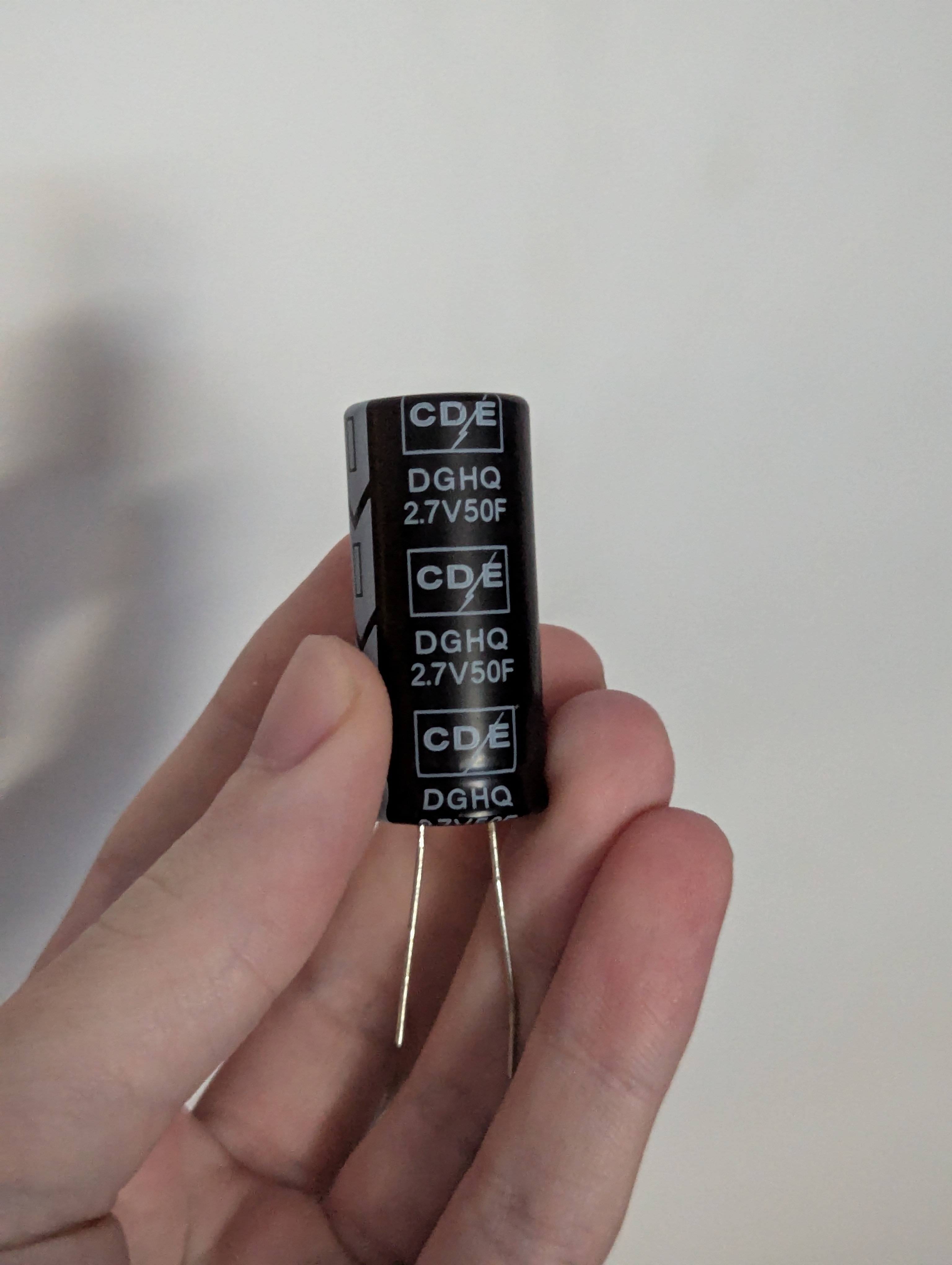Guys you're not gonna believe this:

Guys you're not gonna believe this:

The common sketchy performance advice is to disable mitigations in the kernel, this post is about disabling mitigations in Intel's userspace graphics stack because it's already checked in the kernel.
Assuming you meant disabling kernel mitigations, since AFAIK audio stuff doesn't usually use OpenCL:
Has anyone else here disabled it?
Nah, my understanding is it's not worth it on newer CPUs, and in some cases, the microcode expects things to be mitigated for best performance. Older CPUs (pre-2019ish) it does make a difference though.
But you're welcome to benchmark it, and see if it makes a worthwhile difference on your CPU. Kernel mitigations are easy enough to turn on and off.
I think they were trying to say that the cage in front with the AP behind, acts as a directional antenna. Similar to how Yagi antennas have metal elements that aren't connected in front of the actual antenna.
But I don't know enough antenna theory to know if that's correct.
I've previously found OpenRGB's udev rules to be a really good example since there's a bit of everything in there: https://openrgb.org/releases/release_0.9/60-openrgb.rules
But I think you'd want something like: SUBSYSTEMS=="usb|hidraw", ATTRS{idVendor}=="REPLACE WITH USB VENDOR", ATTRS{idProduct}=="REPLACE WITH USB PRODUCT", TAG+="uaccess"
help now actually opens the help utility on Python 3.13!
Thanks TIL! Although I prefer this diagram that has all the wifi channels on it, instead of just the 3 common ones.

Perhaps there was an easier lighter-weight way of doing this?
Yeah, SSH tunneling. What I would do (and have done in the past) is something like:
ssh -L 8080:192.168.0.1:80 myserver
That will forward port 8080 on your host to port 80 on 192.168.0.1, so you can access your router's web UI with http://localhost:8080/ in your own web browser.
You can also setup full tunneling with SSH, but that requires messing around with SOCKS and I usually can't be bothered.
If we're suggesting a GUI for basic trimming and splicing, I prefer Avidemux, it supports cutting without transcoding the whole video (as long as you cut on an I-frame), saving time and reducing artefacts.
Ahh sorry, I thought you meant you plugged it into the input side. If that's the case then are you running anything that measures CPU usage? I run the TIG stack, it might be able to give you some hits. Also back to my original point which is already unlikely, if it's a modified sinewave UPS, it can confuse some measuring devices while it's on battery.
It's weird to do this daily, but it's possible that the UPS is doing a self test, which would drain the battery a little and the load is from charging it back up.
You can host a page with an iframe, but you can't directly change the DNS record to point to something that isn't GitHub.